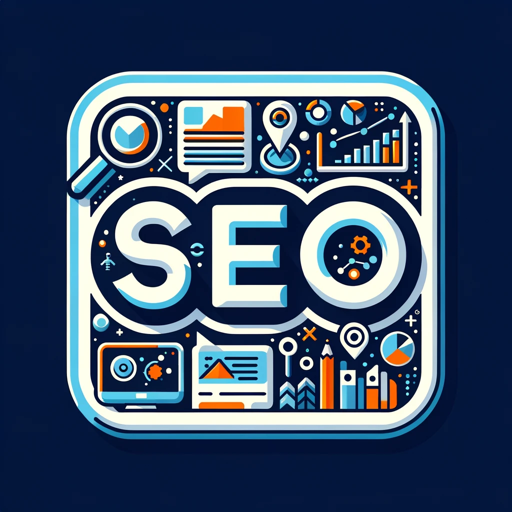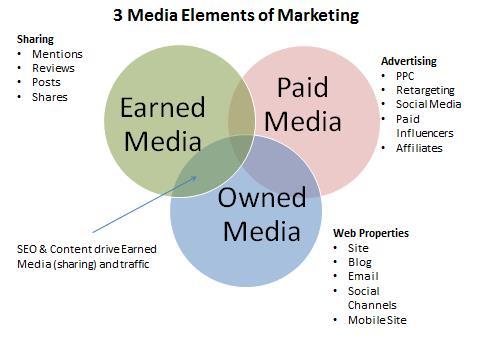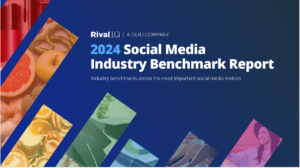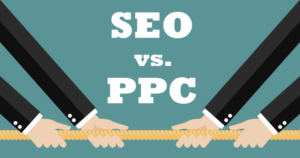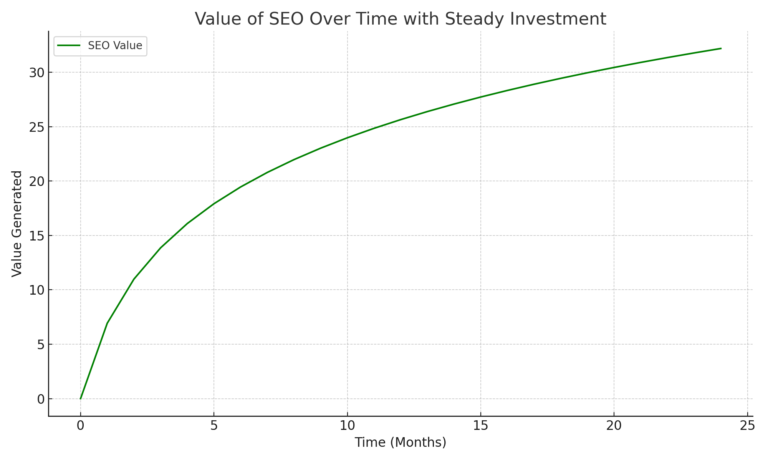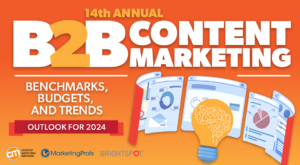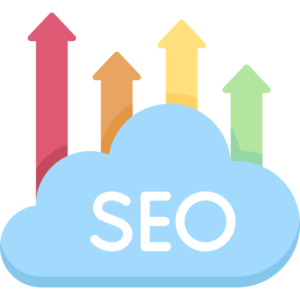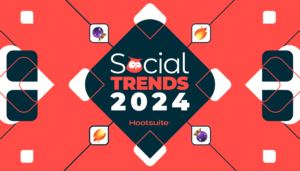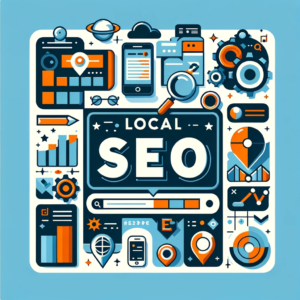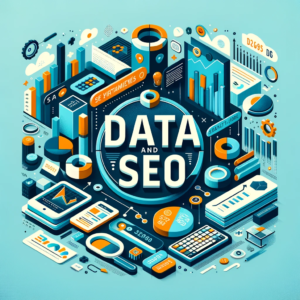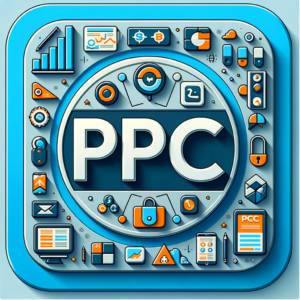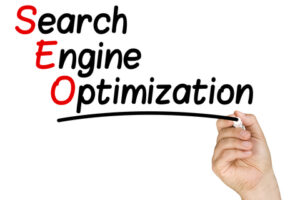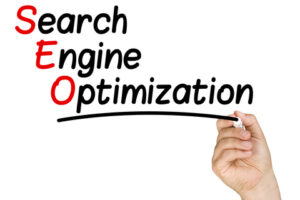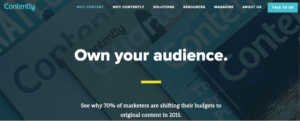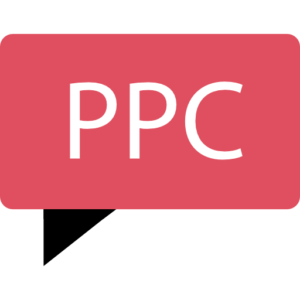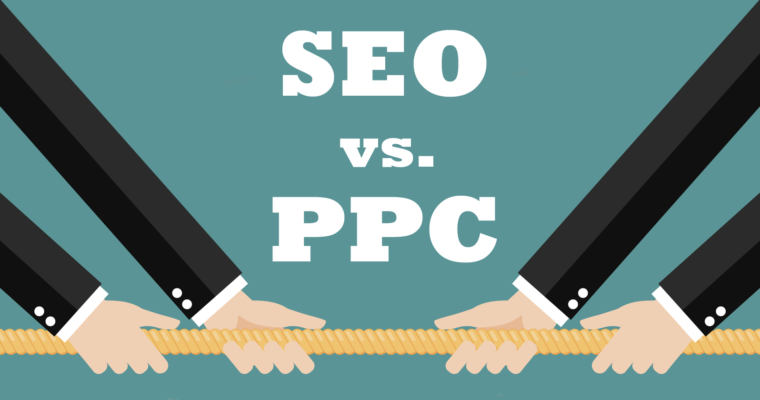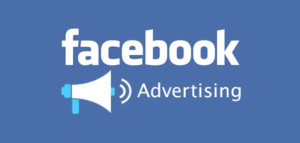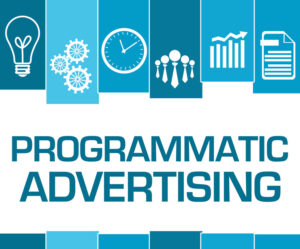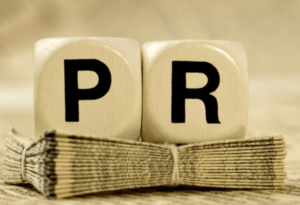The Five Most Important SEO Metrics
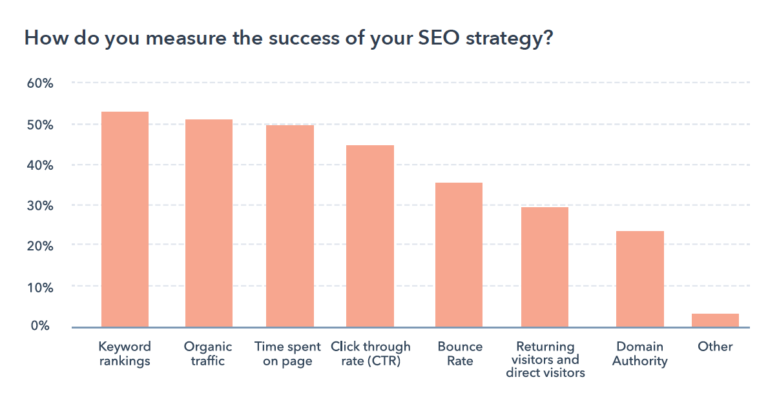
The Five Key SEO Metrics for Success
Conversions
At Braveheart Digital Marketing, we understand that our client’s ultimate goal is not just to improve website visibility but to drive tangible business results. That’s why our top SEO metric focuses on conversions – the actions that directly translate into leads and sales. Clients choose us because they know we’re focused on delivering bottom-line impact. Executives (the C-Suite) aren’t concerned with abstract rankings; they want to see how organic search efforts generate new business opportunities and how those efforts can be expanded for even greater success.
Organic Traffic
Website traffic is a fundamental indicator of our SEO success and our second most important organic search KPI. We constantly analyze if we’re attracting more visitors compared to previous periods. This focus on growth aligns with the C-Suite’s priorities – they want to see forecasts for future traffic increases and understand the strategies we’ll use to accelerate that growth. After all, more organic traffic creates a larger pool of potential leads and customers.
Growth in organic branded traffic
Revenue per Visitor
Expected Traffic per Page
Next Steps?
Recent Posts

The Power of Online Reviews for Small Businesses
The Power of Online Reviews for Small Businesses As a small business owner, you may be wondering why online reviews are so important. Online reviews
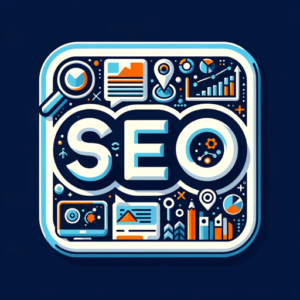
Five Most Important SEO Metrics
The Five Most Important SEO Metrics I recently came across the HubSpot State of Marketing report which showed how companies measure the success of their
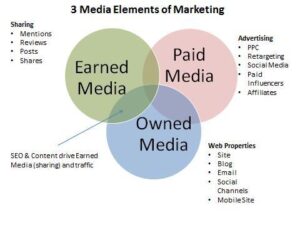
The Three Traffic Sources For Startups
The Three Traffic Sources For Startups I was recently re-reading Randall Stross’s book, The Launch Pad: Inside Y Combinator, Silicon Valley’s Most Exclusive School for

SEO: The Key to Sustainable Business Growth
SEO: The Key to Sustainable Business Growth Search Engine OptimizationIn today’s digital landscape, businesses can no longer afford to underestimate the power of search engine
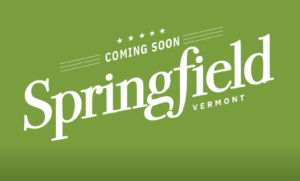
Vermont Web Design
Springfield802.com Partners with Braveheart Digital Marketing to Enhance Online Presence Springfield802.com, the premier digital platform for Springfield, Vermont, today announced a partnership with Braveheart Digital

AI In Digital Marketing
Mastering AI in Digital Marketing Today, the digital world changes fast, thanks to new tech. In this landscape, Artificial Intelligence (AI) is a big deal,
